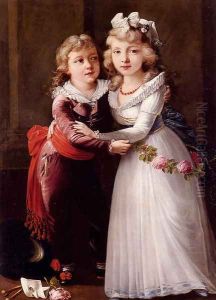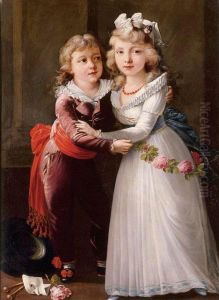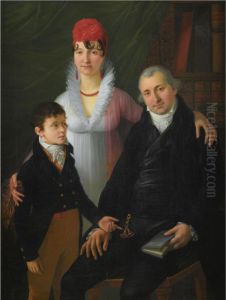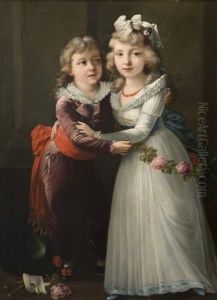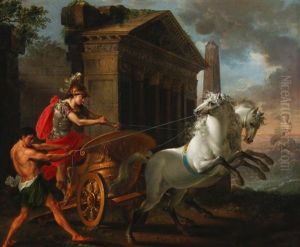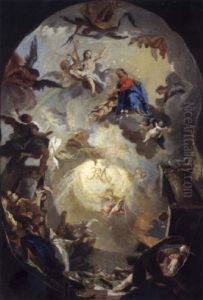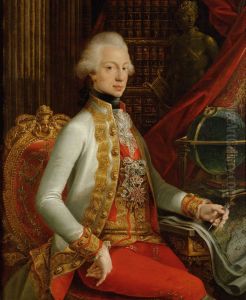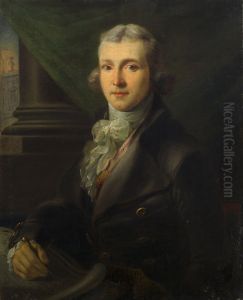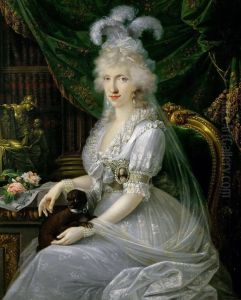Joseph Dorffmeister Paintings
Joseph Dorffmeister was an Austrian artist known for his landscape paintings, particularly of the Austrian countryside. Born on May 13, 1796, in Vienna, Austria, Dorffmeister was active during a period in European art when Romanticism was in ascendance, and his work reflected the movement's emphasis on emotion and the sublime in nature.
Dorffmeister received his artistic training at the Academy of Fine Arts Vienna, where he was influenced by the prevailing tastes of the time. He was particularly inspired by the works of Dutch and Flemish landscape painters, which is evident in his detailed rendering of natural scenes. While the specifics of his career are not as well-documented as those of some of his contemporaries, Dorffmeister's landscapes are known for their tranquil beauty and meticulous attention to the elements of nature.
Though he painted a variety of subjects, Dorffmeister is best remembered for his landscapes that capture the unique light and atmosphere of the Austrian countryside. His paintings often feature pastoral scenes with rolling hills, forests, and rural life. These works convey a sense of peacefulness and an almost idyllic representation of nature, which was typical of the Romantic approach to landscape painting.
Joseph Dorffmeister's contributions to Austrian art were appreciated in his time, and his works were collected by admirers of landscape painting. However, he did not gain the same level of international recognition as some of his Romantic contemporaries. He continued to paint throughout his life, remaining true to his style even as artistic tastes began to shift towards Realism and later Impressionism.
Dorffmeister passed away on February 19, 1868, in Vienna. His legacy is preserved in the collections of various Austrian museums and in the continued appreciation of his work by those who value the Romantic landscape tradition. Although not a household name, his dedication to capturing the essence of the Austrian landscape has ensured that his work continues to be studied and admired by art historians and enthusiasts of the Romantic period.
